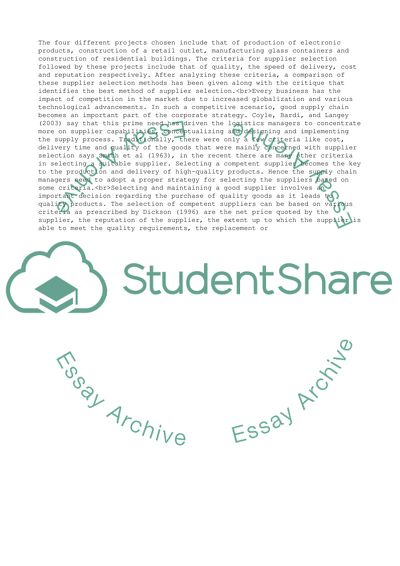Cite this document
(“Selecting a Supplier or Contractor Research Paper”, n.d.)
Selecting a Supplier or Contractor Research Paper. Retrieved from https://studentshare.org/business/1734361-commercial-and-procurement
Selecting a Supplier or Contractor Research Paper. Retrieved from https://studentshare.org/business/1734361-commercial-and-procurement
(Selecting a Supplier or Contractor Research Paper)
Selecting a Supplier or Contractor Research Paper. https://studentshare.org/business/1734361-commercial-and-procurement.
Selecting a Supplier or Contractor Research Paper. https://studentshare.org/business/1734361-commercial-and-procurement.
“Selecting a Supplier or Contractor Research Paper”, n.d. https://studentshare.org/business/1734361-commercial-and-procurement.


